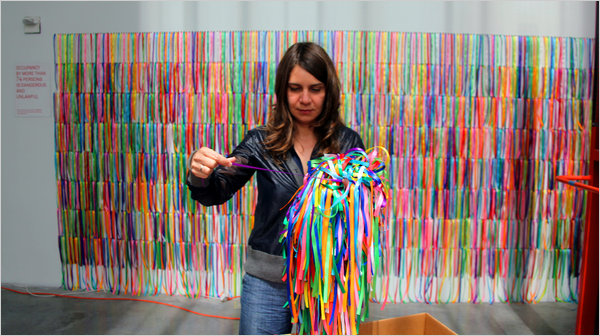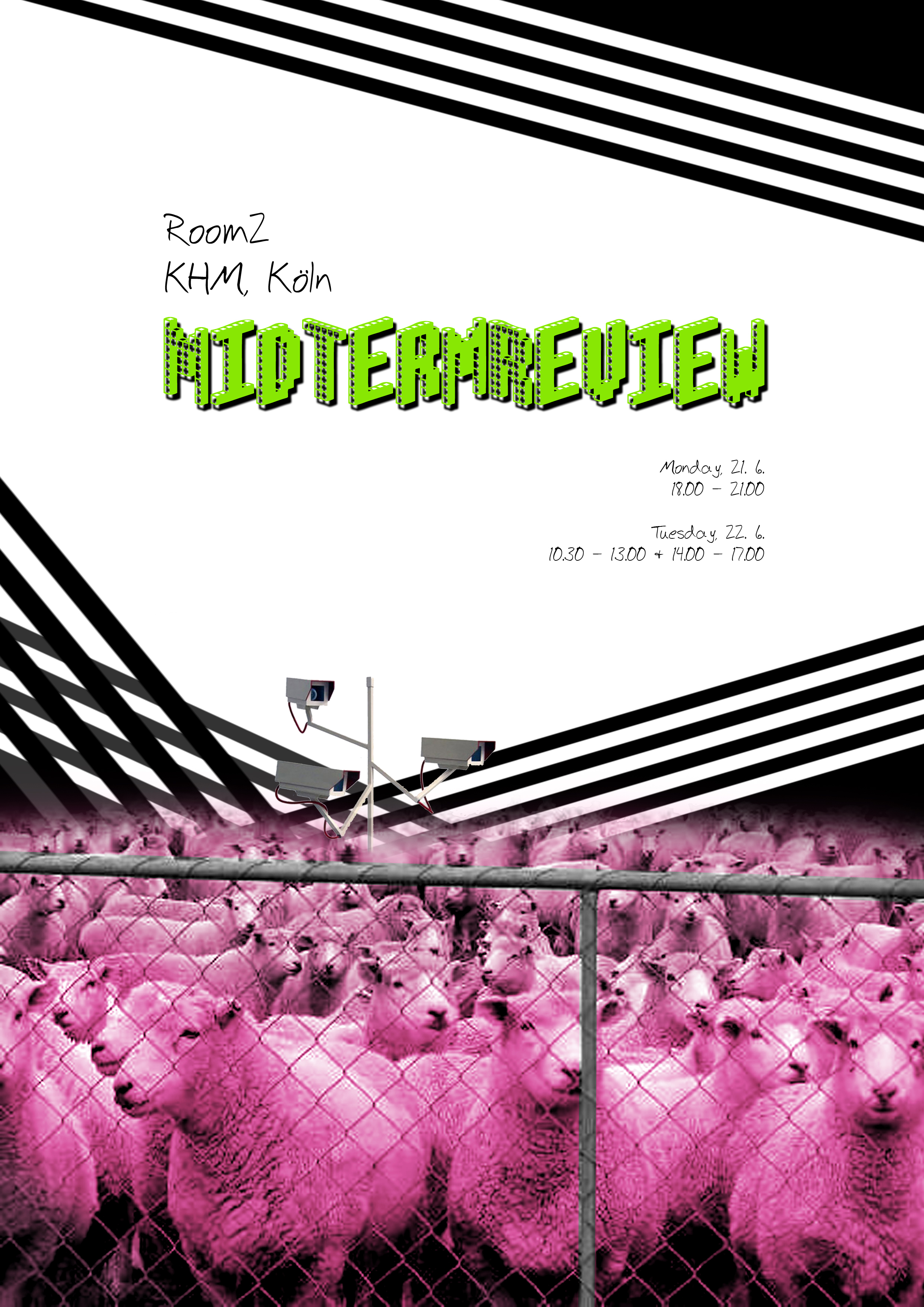>vorübergehend<
Thon&Beuse still scratching in former NS->Ordensburg< Vogelsang.
Interview with the artists broadcasted by public sender WDR.
http://alturl.com/ap6p
re-active platform @ glasmoog
re-active platform
Ralf Baecker, Artur Holling, Karin Lingnau, JiHyun Park, mit Luis Negrón van Grieken, Susanna Schoenberg
March 20 to April 14, 2010
glasmoog
Academy of Media Arts Cologne
Filzengraben 2a, Cologne, germany
re-active platform is about the logic and aesthetics of systems; circuits, signals and displays are represented as objects, images and sites, while the Phänomene des Realen [phenomena of the real] seem to be nothing more than just mere coincidence.
re-active platform, initiated by Susanna Schoenberg in 2004, embodies concepts, works, tests and exchange between students and other art and technology competencies that temporarily and repeatedly turned into site and condition themselves.
www.khm.de/export/re-active
Background
re-active platform began 2004 as seminar formula at the Academy of Media Arts in Cologne; it was part of the research&teaching field called multimedia&performance; it was supposed to be as >technical< as possible and to be in the local vanguard of application of and
experimentation with new technologies [expanded media, intermedia..] or pieces of them.
So re-active platform started as a label for a production oriented environment [the platform as a place] where persons with very different background issues, interests, skills, and positions in the creative process [the platform as a collaborative pool], were and still are asked to reflect together about art works acting [re-acting] like >systems<.
With a kind of regular incidence re-active platform got visible as a concept and as a variable group in seminar activities, workshops, group exhibitions, field works.
Concept
The main task consists in reflecting the idea of re-activity on a very abstract level, not referring to much to individual preferences of the artists for their usual shapes of production.
The first entities discussed as metaphors were circuits and data-streamings as accessible phenomena.
The results is a collaborative produced ensemble of artefacts not produced for being unique, but for being part of a [variable] discourse.
Rivane Neuenschwander: A Brazilian Makes Playful but Serious Art
At the New Museum last Friday the artist Rivane Neuenschwander was on her knees, slicing up the carpeting in a third-floor gallery as she searched energetically for microphones hidden in the floorboards and walls. A security and surveillance team had secreted the bugs there at her request, but without her knowing their locations; now the devices were recording her hunt in the otherwise silent room, in preparation for a fast-approaching show.
read more: http://www.nytimes.com/2010/06/22/arts/design/22neuen.html
Surveillance, Performance and New Media Art
Vol 7, No 2 (2010)
Surveillance, Performance and New Media Art
The relationship between the visual arts and surveillance has been explored through large scale exhibitions (CTRL:Space, ZKM), and texts such as Loving Big Brother (McGrath, 2004) have introduced questions of performance and performativity into the surveillance debate. However, as the technological possibilities available to artists grow, and the social impact of surveillance is increasingly recognized, there is a need for a thorough examination of the uses of surveillance in the visual arts, particularly in the genres of new media and performance art, where issues regarding technological engagement and embodiment come to the fore. This special issue of Surveillance & Society presents papers and works that examine the complexities of surveillance in new media and performance art.
http://surveillance-and-society.org/ojs/index.php/journal/issue/view/Performance/showToc
MyWar @ Edith Russ Haus: Identity and Appropriation Under War Condition
MyWar
Identity and Appropriation Under War Condition
10 June – 29 August 2010
Opening: 9 June, 8 p.m.
Group exhibition, Cooperation projekt with FACT Liverpool and ISEA2010 Ruhr
Blog!, participate! and share! are the battle cries of a media culture in which the boundaries between private and public, between personal and political have been decisively eroded. The exhibition MyWar: Identity and Appropriation Under War Condition pinpoints the moral implications of wars when they are experienced through media. This intervention is delineated by a media landscape where web 2.0 tools are consistently altering the way that audiences and users both consume, and exchange information. (Participating artists: Joseph DeLappe, Dunne & Raby, Harun Farocki, Harroll Fletcher, Knowbotic Research, Oliver Laric, Renzo Martens, SWAMP, Thomson & Craighead, Milica Tomic, Sarah Vanagt)
http://www.edith-russ-haus.de/index.php/Programm/Programm
http://erh.alnovi.de/blogs/detail/mywar
MidTermReView june 21st & 22nd 2010 / room2
Monday 21st, 6 pm to 8.30 pm with Evamaria Schaller, Johannes Amorosa, Jana Debus.
Tuesday 22nd, 10 am to 1 pm with Zenia Couso Martell, Daniel Ansorge, Claudia Sandoval, Franziska Windisch & Marat Beltser.
Tuesday 22nd, 2 pm to 5 pm with Steffi Lindner, Julia Weissenberg (at minus1), Theresa Krause, Artur Holling.
SA: guest speaker : Stefan Blohm Sales Manager Pelco Germany, Austria & Switzerland
on CCTV, security systems, analog camera technique, IP megapixel solutions..
Mr. Stefan Blohm at room2 wednesday may 26th from 11 am to 1 pm.
snag it!
WORKSHOP with Matthias Neuenhofer
may 18th and 19th 2010
@ KHM compositing
starting 10:30 am
News about Technology and Surveillance
View this link:
http://www.fastcompany.com/topics/technology


